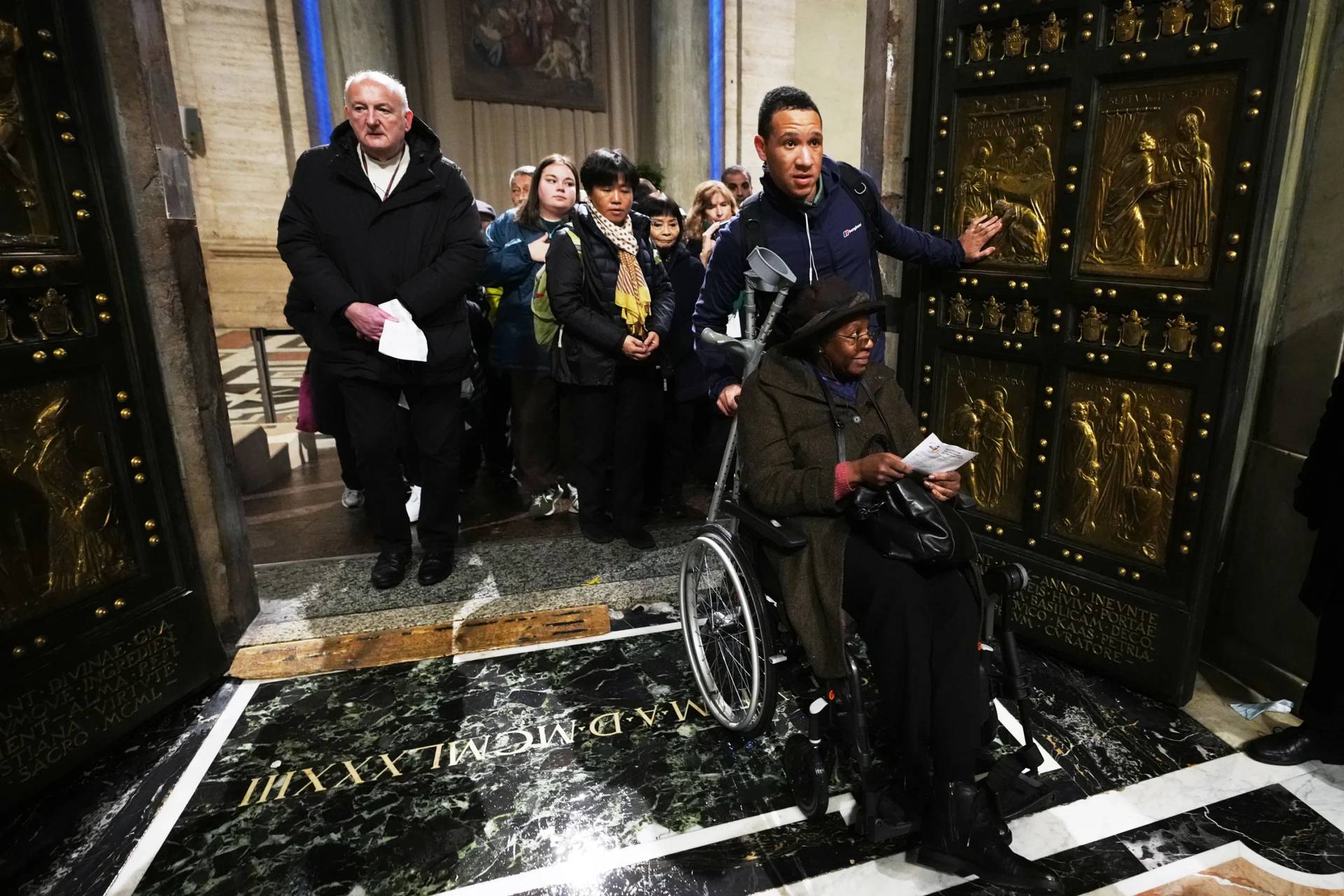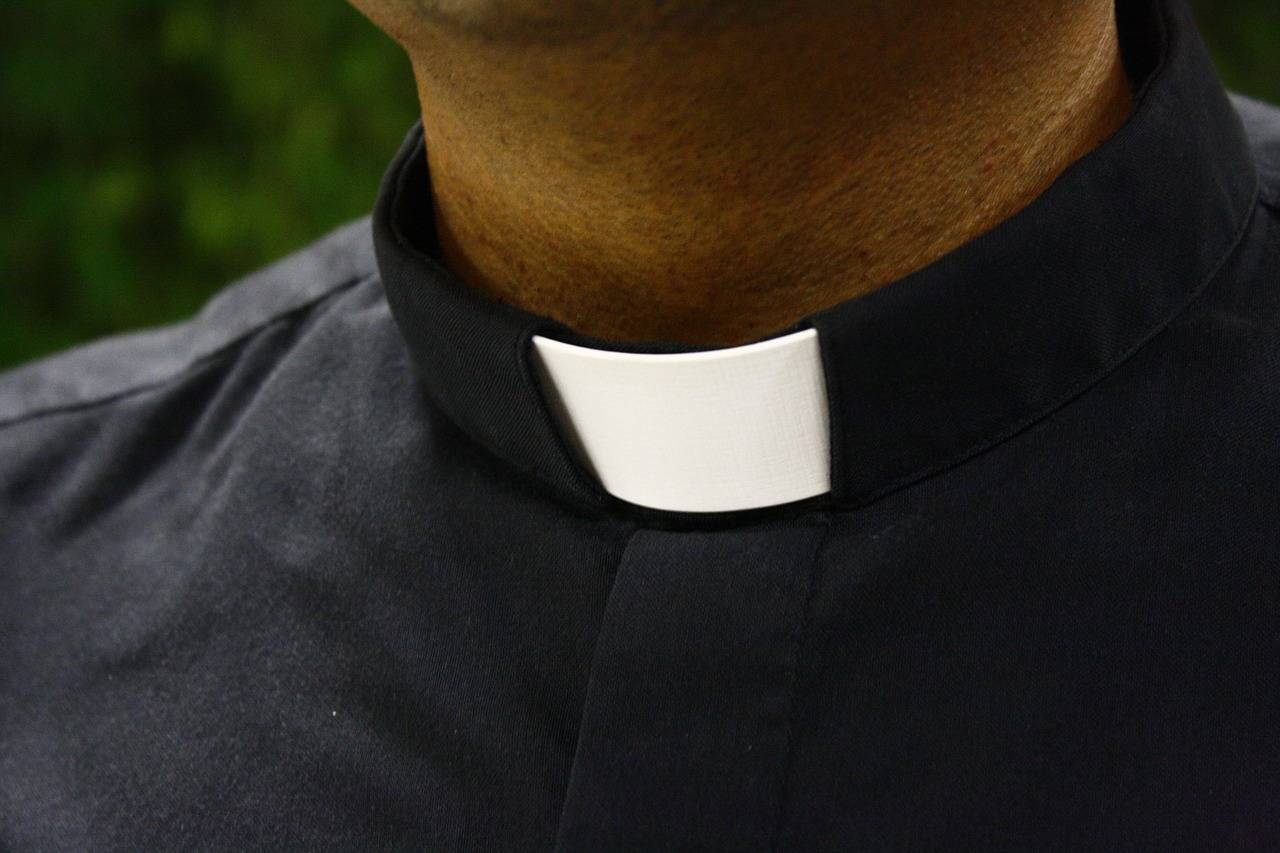ROME – Following Saturday’s publication of the new constitution of the Catholic Church’s central government, on Monday, the Vatican confirmed that the power of governance does not come from ordination into the priesthood but from the mission entrusted to a person.
“It is no longer automatic that the head of a Vatican dicastery is a cardinal,” said Bishop Marco Mellino, secretary of the Council of Cardinals that has advised Pope Francis in the drafting of the new constitution of the Roman curia, Praedicate Evangelium (Preach the Gospel).
The only exceptions are the Vatican’s tribunals and the Council for the Economy. The latter because in the event of a sede vacante at the death or resignation of a pope, the head of this office will be one of three who assist the camarlengo, who leads the Vatican in the absence of a pope. It is composed of 15 people, eight of whom are cardinals.
Explaining the significance of Pope Francis’s reform of the curia, which allows the laity to lead Vatican departments, Jesuit Father Gianfranco Ghirlanda stressed that the “power of governance in the Church does not come from the sacrament of Orders” that happens at priestly ordination, but from “canonical mission,” meaning, the faculty granted by the Roman pontiff on any given issue.
The document
Praedicate Evangelium replaces St. John Paul II’s 1988 constitution, Pastor Bonus. Among the biggest changes is that the Vatican offices – now officially called dicasteries – do not need to be led by an archbishop or cardinal, opening the door for lay people to take on leadership roles in the central government of the Catholic Church. However, the individual statutes of each dicastery might change this. To date, there is only one office not headed by a cleric: The Dicastery for Communications, with layman Paolo Ruffini as the prefect.
Cardinal Marcello Semeraro, prefect of the Dicastery for the Causes of Saints, said during the press conference that Pope Francis was fulfilling a request made by the cardinals during the pre-conclave conversations before his 2013 election.
Much of the reform outlined by the constitution has been announced piecemeal over the last nine years, with the merger of some offices and various changes made to the financial institutions of the Holy See.
The historical background of Praedicate Evangelium
Francis was elected pope in 2013 with a mandate to reform the huge and inefficient Vatican bureaucracy. Soon after his election he appointed a cabinet of cardinal advisors who have met regularly since then to help him write the document released on Saturday.
But beyond the “technical” reforms, the document is a faithful response to the three points Cardinal Jorge Mario Bergoglio outlined during the meetings leading up to the conclave that would elect him pope on March 13, 2013.
“Spiritual worldliness” is “the worst evil of the Church,” the Argentine prelate told the college of cardinals, according to a handwritten note published weeks later by the archbishop of Havana. The church has the duty to “go out of itself” to evangelize the “peripheries, not only geographical, but existential.”
Before his election, Francis said that there are two images of the church: that which is evangelizing, which goes out of itself, listening to and proclaiming the word of God, or that which is worldly, which lives in itself, of itself, for itself.
As Semeraro pointed out, this was again picked up by Francis in the core document of his papacy, Evangelii Gaudium, published the year of his election, in which he called all structures of the church to be channeled towards evangelization. As such, no reform of the curia would be possible without an “interior reform.”
Semeraro noted that in the Vatican constitution published by Pope Paul VI 1967, he broke with the principle observed since 1588 that curial offices were tied to the college of cardinals, and allowed diocesan bishops to be members of congregations. Francis is going forward, Semeraro said, by allowing lay women and men into these offices.
The writing process
Mellino said the first time the issue of a new constitution was formally suggested was in 2013, during one of the meetings of the council of cardinals.
“The papacy and the central structures of the universal Church need to heed the call to a pastoral conversion,” Melino said, quoting Francis’s Evangelii Gaudium.
In this spirit and with this intent, and with the help of the council of cardinals, the pope discussed and reflected at length on this aspect, with the intention of proposing the revision of the Apostolic Constitution, Pastor Bonus, the bishop told reporters. He said Francis listened to the observations, opinions, suggestions, and requests of the heads of dicasteries of the Roman curia, meeting them personally in sessions of the Council of Cardinals, but also holding interdicasterial meetings. He also welcomed opinions and suggestions that came from local bishops.
“It is the fruit of an elaboration that has seen the accomplishment of various passages consistent with the principle of a ‘synodal Church that listens’,” the bishop said.
The bishops from around the world were heard in the process, Mellino said, and they are those who benefit the most from the reforms.
“The Roman Curia, therefore, does not stand between the pope and the bishops, but precisely places itself at the service of both the pontiff and the bishops,” he added.
Evangelization at the center
Mellino also said that all dicasteries enjoy equal juridical status and power of governance, so the order in which they appear in Praedicate Evangelium has no juridical effect, with “perhaps” the exception of the first three: Evangelization comes before doctrine, and that is closely followed by the Dicastery for the Service of Charity, one of the new offices introduced by the constitution.
The Dicastery for the Service of Charity replaces the office of the apostolic almoner. Historically, it was an office headed by a bishop who served as the “charitable arm” of the pope in Rome. In 2018, however, it took on greater relevance, when Francis made the man who ran it, Polish prelate Konrad Krajewski, a cardinal. As a dicastery, the reach of this office will no longer be the pope’s backyard but the universal church, “exercising in any part of the world the work of assistance and help” for the poor in the name of the pope.
“The decision to assign the Dicastery for Evangelization the order of precedence makes explicit the missionary perspective in which the general vision of the curial reform was carried out,” Mellino said. “This is in no way intended to place the activity of evangelization before faith in Christ itself. This choice is well understood in the light of the change of epoch which is historically taking place and which inevitably requires the Church to face new challenges, projecting herself towards new frontiers both in the first mission ad gentes and in the new evangelization of peoples who have already received the proclamation of Christ.”
Follow Inés San Martín on Twitter: @inesanma













